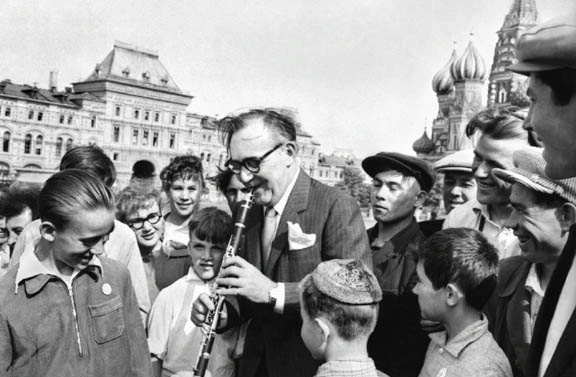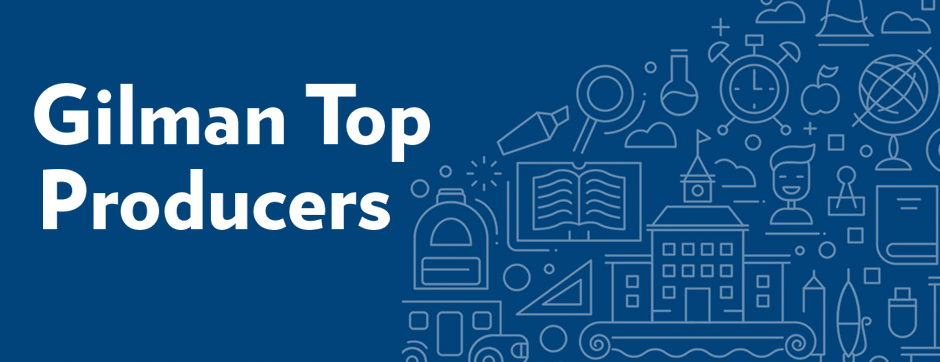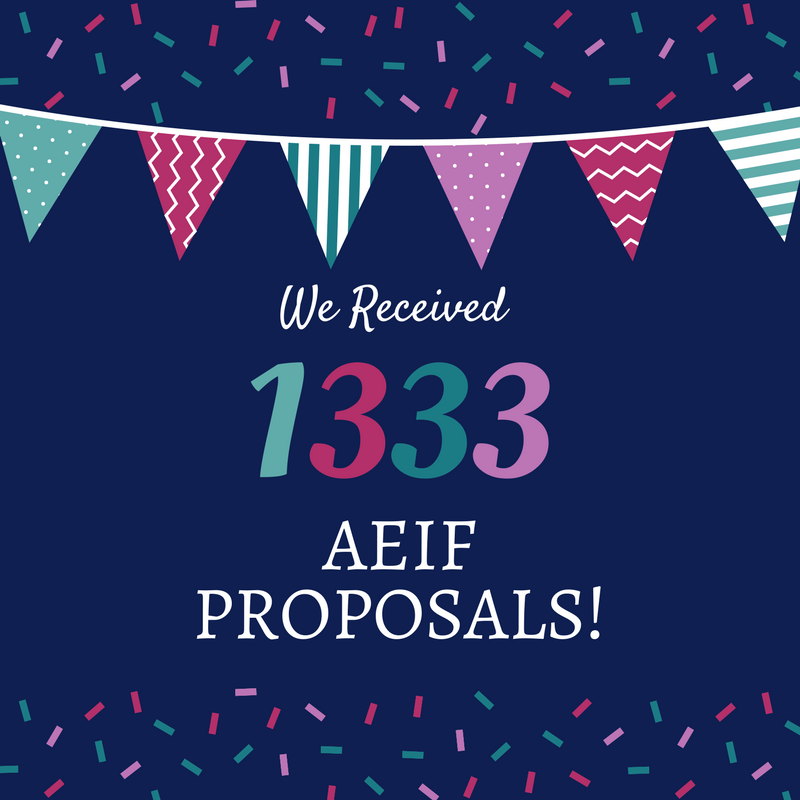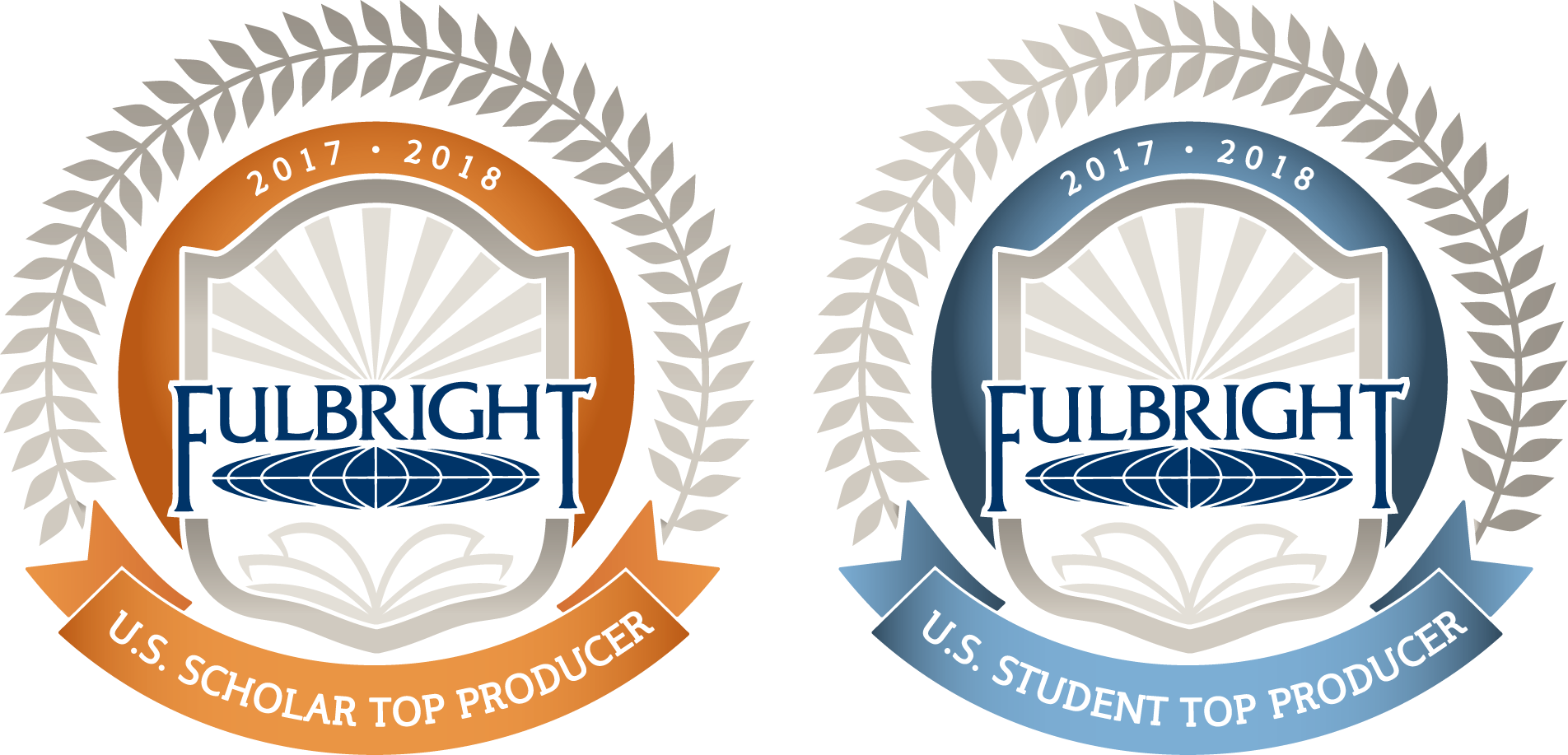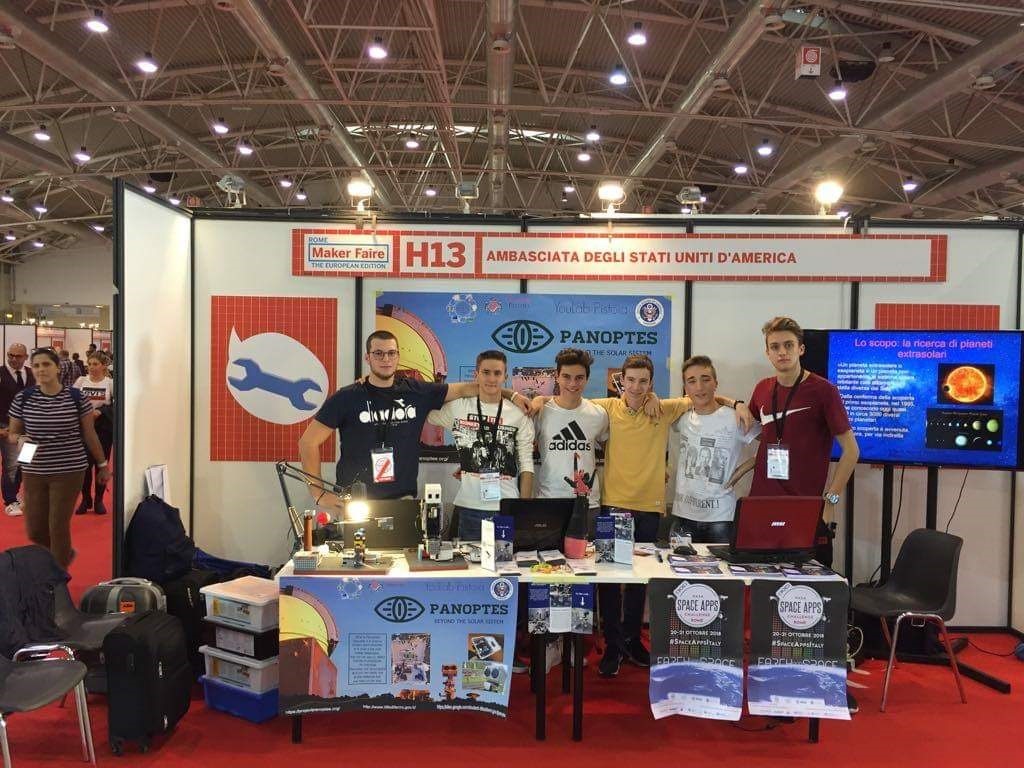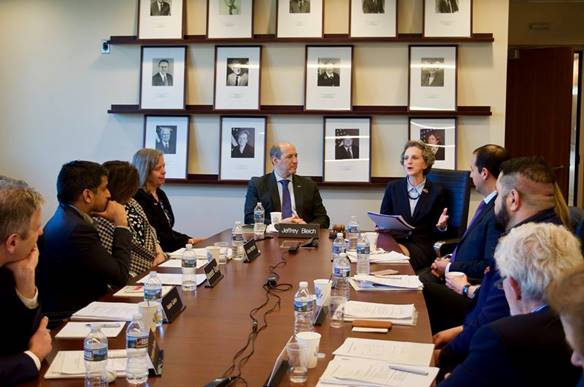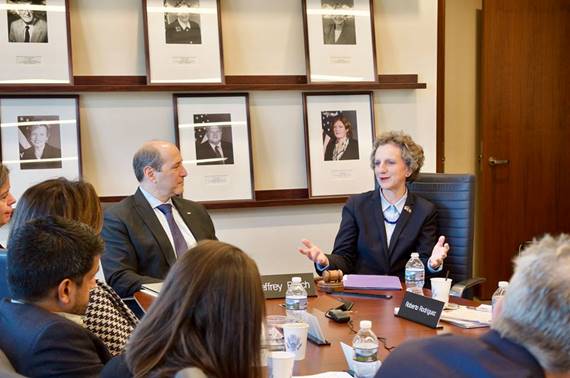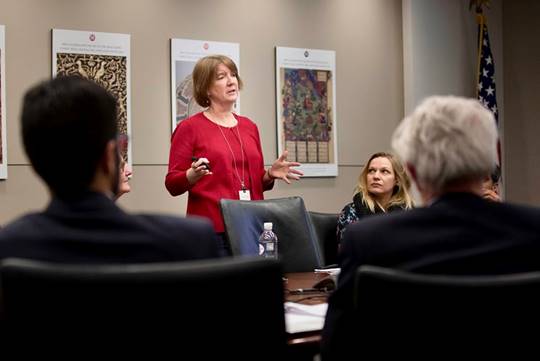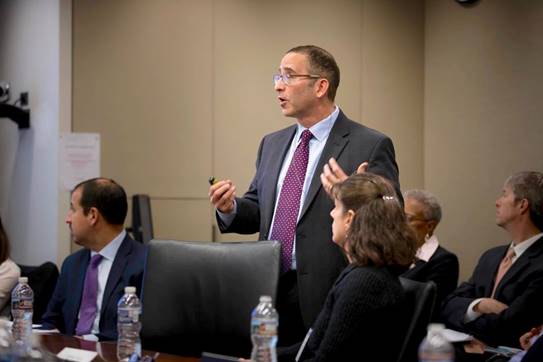The Cultural Property Advisory Committee will meet May 2-4, 2018, to review Ecuador’s request for U.S. import restrictions on archaeological and ethnological material. The Committee will also consider the proposal to extend the U.S.-China cultural property agreement (or "Memorandum of Understanding"). The Committee invites public comment on the request and extension. The public may participate in the virtual open session of the meeting on May 2, 2018, from 3-4 pm EDT.
Ecuador’s Request
The Government of the Republic of Ecuador has requested U.S. import restrictions on archaeological and ethnological material from Ecuador representing cultural patrimony from the pre-Columbian through Republican periods. This request was submitted pursuant to Article 9 of the 1970 UNESCO Convention on the Means of Prohibiting and Preventing the Illicit Import, Export and Transfer of Ownership of Cultural Property as implemented by the Convention on Cultural Property Implementation Act (the CPIA).
A public summary of the request includes background information, evidence of jeopardy to the cultural patrimony of Ecuador from pillage, an outline of measures consistent with the 1970 UNESCO Convention that Ecuador has taken to protect its patrimony, and information about the U.S. and international markets for Ecuador's cultural property.
China's Extension
The Government of the People’s Republic of China has expressed interest in an extension of the Memorandum of Understanding between the Government of United States of America and the Government of the People's Republic of China Concerning the Imposition of Import Restrictions on Categories of Archaeological Material from the Paleolithic Period through the Tang Dynasty and Monumental Sculpture and Wall Art at Least 250 Years Old. This request was submitted pursuant to Article 9 of the 1970 UNESCO Convention on the Means of Prohibiting and Preventing the Illicit Import, Export and Transfer of Ownership of Cultural Property as implemented by the Convention on Cultural Property Implementation Act (the CPIA). A history of U.S. actions concerning the agreement can be found on the China Country Page of the Cultural Heritage website.
The Review Process
The State Department will decide whether to enter into or extend a bilateral agreement that creates U.S. import restrictions based on four determinations. If a specific emergency condition exists, the Department may also impose import restrictions on an emergency basis. Before making a decision, the Department will consider the findings and recommendations of the Committee.
The four determinations (summarized):
- The cultural patrimony of the State Party is in jeopardy from pillage of its archaeological or ethnological materials;
- the State party has taken measures consistent with the Convention to protect its cultural patrimony;
- application of import restrictions, in the context of a concerted international effort, to archaeological or ethnological material of the State Party would be of substantial benefit in deterring a serious situation of pillage, and less drastic remedies are not available; and
- application of import restrictions in the particular circumstances is consistent with the general interest of the international community in the interchange of cultural property among nations for scientific and educational purposes.
Comments on the Ecuador Request and China Proposed Extension
Comments should focus on the four determinations. All comments must be submitted in writing no later than April 15, 2018, at 11:59 p.m. (EDT). Use regulations.gov, enter docket DOS-2018-0013, and follow the prompts to submit written comments.
Participate in the Virtual Open Session
The virtual open session of the Committee meeting will be held on May 2 from 3:00 to 4:00 pm EDT using Zoom, a web conferencing service. Anyone may attend and/or participate. If you are new to Zoom, these tips will help you get started. If needed, please request reasonable accommodation not later than April 15 by contacting the Bureau of Educational and Cultural Affairs at culprop@state.gov. Requests made after that date will be considered, but it may not be possible to fulfill them.
To make an oral presentation
If you wish to make oral comments during the virtual open session, you must pre-register and submit written comments. Instructions will be posted soon on this web page. In addition, you must pre-register by phone, (202) 632-6301, or email: CulProp@state.gov by April 15. After you pre-register, you will be provided with instructions on how to participate as a presenter.
To observe
It is not necessary to pre-register. The webinar will include a chat space for conversation among observers. The chat space will not be monitored by the Committee and will not be incorporated into the record of the meeting.
To join as an observer:
Click the link to join the webinar: https://eca-state.zoom.us/j/938121761
Or Telephone:
Dial (for higher quality, dial a number based on your current location):
US: +1 646 876 9923 or +1 669 900 6833 or +1 408 638 0968
Webinar ID: 938 121 761
International numbers available: https://eca-state.zoom.us/zoomconference?m=_UJrgcvSf97OXY4EHTos0dMmGRj8zSdi

